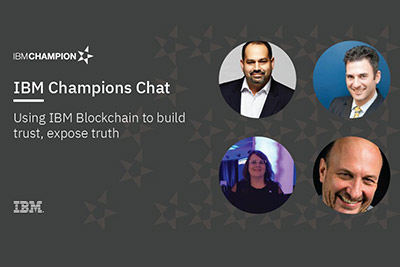 Blockchain for business is advancing steadily and gaining momentum. Every day, the blockchain ecosystem grows stronger and more robust. Blockchain’s enterprise-level capabilities are continuously expanding and improving. Blockchain is definitely ready for work.
Blockchain for business is advancing steadily and gaining momentum. Every day, the blockchain ecosystem grows stronger and more robust. Blockchain’s enterprise-level capabilities are continuously expanding and improving. Blockchain is definitely ready for work.
Hyperledger Fabric v1.0 was a major step forward in blockchain evolution. What is Hyperledger Fabric? Here’s a good description from the Hyperledger website:
Hyperledger Fabric is a blockchain framework implementation and one of the Hyperledger projects hosted by The Linux Foundation. Intended as a foundation for developing applications or solutions with a modular architecture, Hyperledger Fabric allows components, such as consensus and membership services, to be plug-and-play. Hyperledger Fabric leverages container technology to host smart contracts called “chaincode” that comprise the application logic of the system.
Key features and benefits of Hyperledger Fabric v1.0 include channels for sharing confidential information; ordering service for delivering transactions consistently to peers in the network; and endorsement policies for transactions
Additional benefits of Fabric include:
- Permissioned membership — All participants have known identities.
- Performance, scalability and levels of trust — Transaction processing is separated into three phases: distributed logic processing and agreement (“chaincode”), transaction ordering and transaction validation and commitment.
- Data on a need-to-know basis — Channels allow for data partitioning; data only goes to the parties that need to know.
- Rich queries over an immutable distributed ledger — Each transaction results in a set of asset key-value pairs that are committed to the ledger. The immutable source of truth is appended into the file system of the peer, which also has LevelDB embedded.
- Modular architecture supporting plug-in components — Fabric allows network designers to plug in their preferred implementations for components, making it easier to develop new applications and solutions.
- Protection of digital keys and sensitive data — Fabric provides modified and unmodified PKCS11 for key generation, which supports cases like identity management that need more protection.[1]
Now we have a solid platform for developing blockchain applications, products and solutions. Hyperledger Fabric opens the door to a new world of business-ready blockchain tools and services.
Hyperledger Composer is another important step forward in the evolutionary process. Composer is a set of collaboration tools for building blockchain business networks. Composer makes it quicker and easier for developers to create smart contracts and blockchain business applications.
Here at Chateaux, we’re leveraging the power of blockchain to solve real business challenges. It feels great to be working on the frontier of this new and very exciting form of technology.
In my next blog, I’ll dive into more detail about how we use Fabric and Composer to create smart contracts and other valuable blockchain solutions for modern business organizations. We’re at the beginning of an exciting journey. Together, we’re transforming business technology and bringing it to a new level.
— Vijay Rathna is Director of Enterprise Apps at Chateaux. He is a blockchain architect and crypto analyst.








